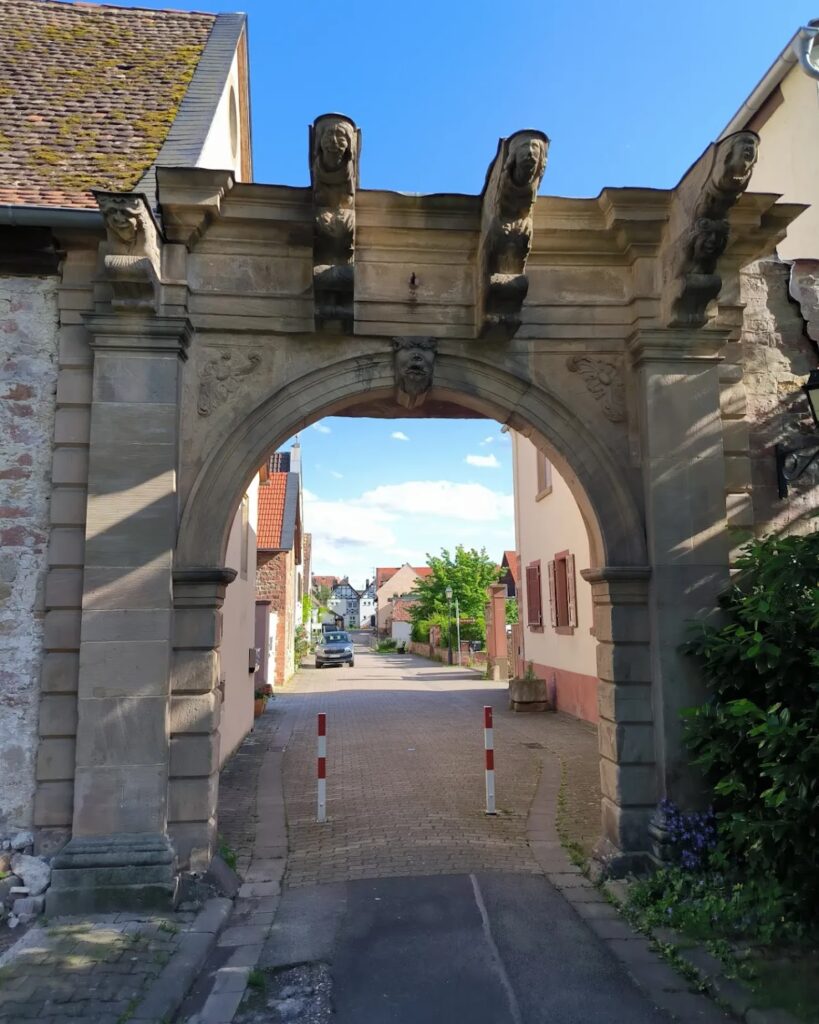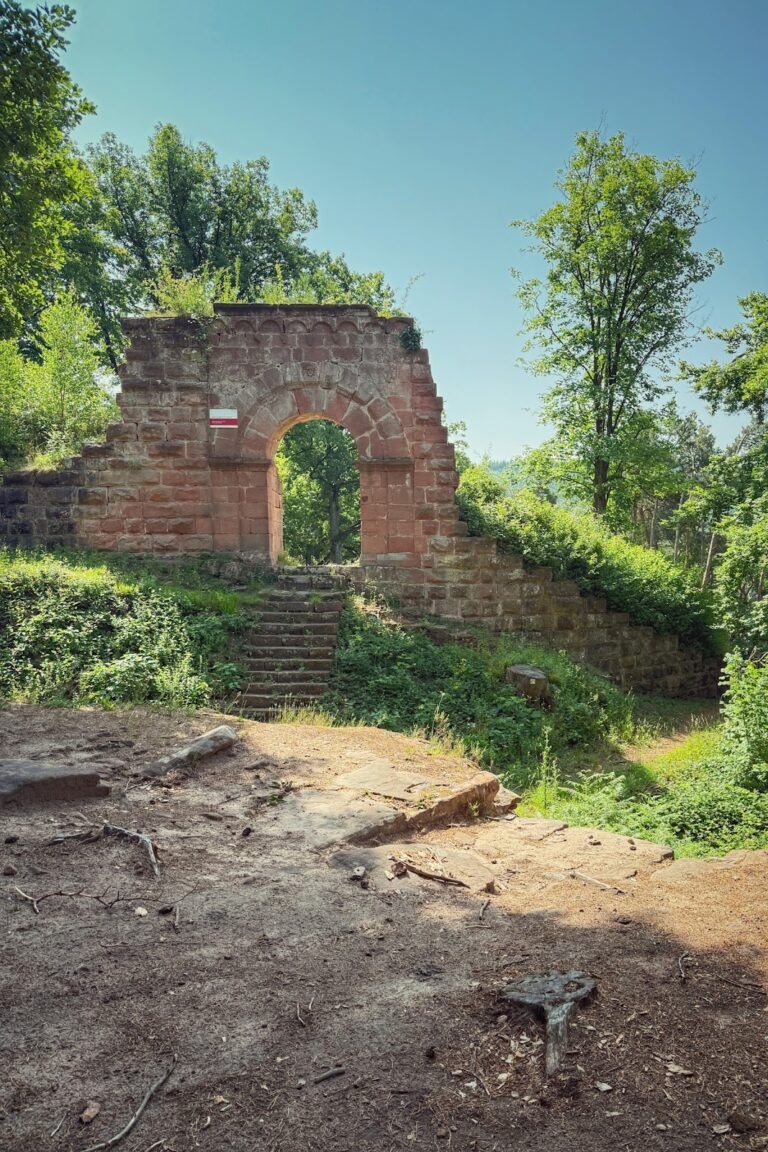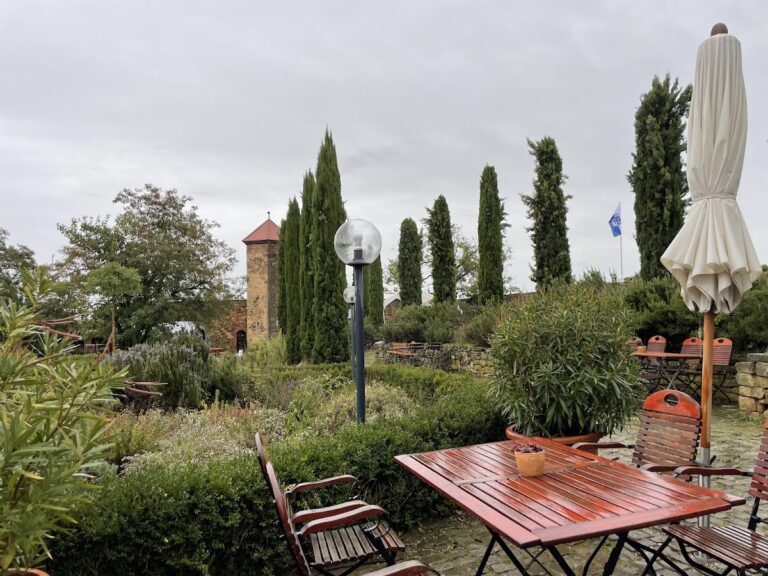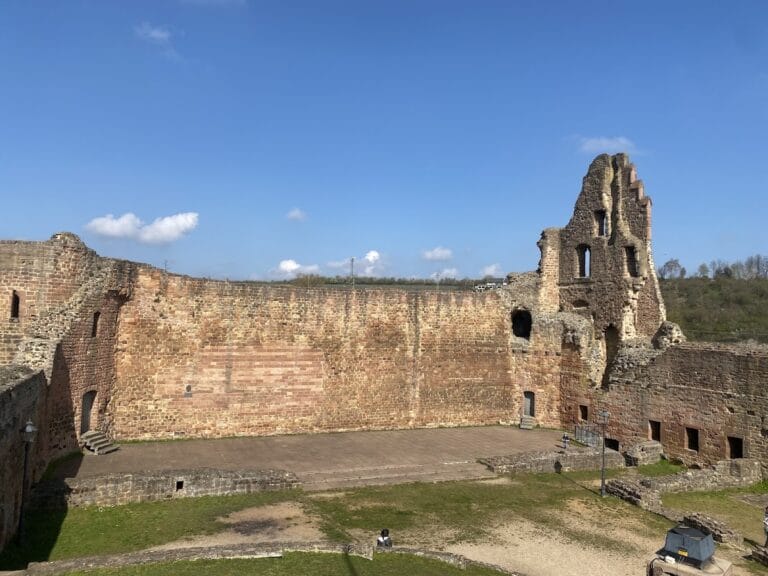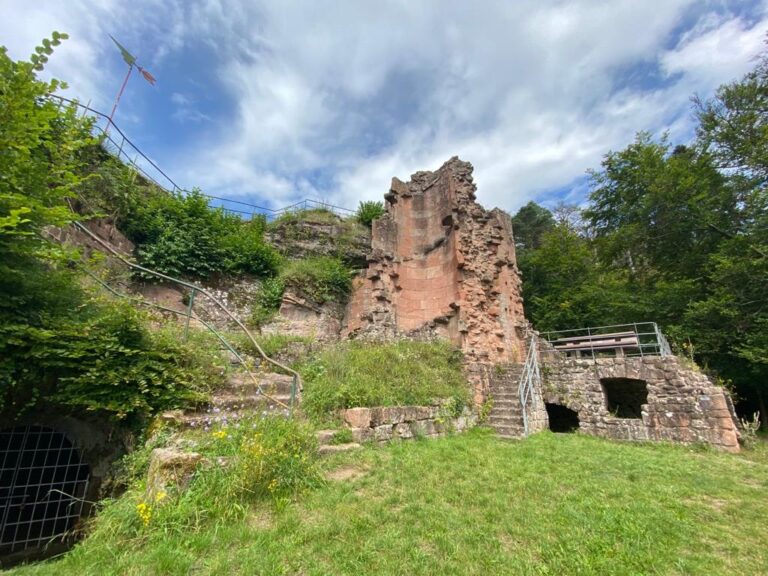Schloss Friedelsheim: A Historic Castle and Estate in Germany
Visitor Information
Google Rating: 4.4
Popularity: Very Low
Google Maps: View on Google Maps
Country: Germany
Civilization: Unclassified
Remains: Military
History
Schloss Friedelsheim is located in the municipality of Friedelsheim in Germany. It was originally established by the Lords of Bolanden, a medieval noble family, as a rectangular lowland castle during the late Middle Ages, likely in the 13th or 14th century. The earliest known written record of the castle dates to 1418, when it was owned by Johann von Derne.
Throughout the 15th century, the castle served administrative and military roles. In 1433, a Palatinate official was stationed at the site to oversee the surrounding territory. Later, in 1462, Count Palatine Friedrich I transferred ownership of the castle to Abbot Heinrich Ulner of Limburg Abbey. Following the abbey’s destruction, its successor, Abbot Machar Wais, sold the property in 1508 to Hans VIII von Hirschhorn. This sale provided funds for building a new monastery in nearby Wachenheim.
Starting in 1575, the castle underwent significant transformation under Count Palatine Johann Kasimir, who reshaped the medieval fortress into a Renaissance palace, reflecting changing architectural tastes and residential needs. The site later endured harsh hardship during the Thirty Years’ War when, in 1632, Spanish and Swedish forces occupied the castle, causing severe damage.
The palace faced near-complete destruction in 1689 during the Palatine War of Succession, a conflict that brought French troops into the region. About a decade later, in 1698, Franz Melchior von Wiser received the estate as a fief, and his son Franz Joseph von Wiser constructed a Baroque-style successor building on the castle’s ruins around 1708 or 1709. This period also saw the estate pass to the Wiser-Siegelsbach family line following a division of family inheritance.
The structure again suffered fire damage in 1794 during the First Coalition War. Although the main palace was not rebuilt, the medieval tower remained and was carefully restored in 1986 and 1987. This restoration included a new roof, an external staircase, and a viewing platform added to the tower.
Between 1836 and 1838, a Mennonite church was constructed within the grounds of the former castle, marking a religious presence on the site in the 19th century. This church underwent comprehensive renovation and remodeling in 2004. A nearby residential building on the property now serves as the parish house for the Mennonite community.
Remains
The original Schloss Friedelsheim was built as a lowland castle with a roughly rectangular plan. Its defensive design included a broad moat, which played a key role in protecting the site by surrounding it with water. Though most of the structures have disappeared over time, the layout of the moat still outlines the castle’s former extent.
Today, the most prominent surviving feature is the medieval tower, which reaches approximately 16 meters in height. Constructed with sturdy masonry typical of the period, the tower has been preserved and restored, notably in the late 20th century. This restoration work introduced a new roof and added an external staircase that leads visitors to a modern observation platform atop the tower, blending historical fabric with contemporary adaptations.
In addition to the tower, visitors can still see fragmentary remains of later buildings from the Renaissance and Baroque phases. These consist mainly of portals, sections of walls, and portions of the surrounding moat. These remnants illustrate the castle’s architectural evolution, incorporating decorative and structural elements from successive periods, and together, they give a sense of the grander palatial complex that once stood on the site.
The 19th-century Mennonite church occupies part of the former castle precinct. Built between 1836 and 1838, this ecclesiastical structure is integrated into the current ensemble of buildings. It has been extensively renovated in recent years to maintain its condition and continues to function alongside an adjacent residential building that serves as the parish house for the Mennonite congregation. These buildings represent a later chapter in the site’s history, demonstrating adaptive reuse of the castle grounds beyond their original military and aristocratic purposes.
